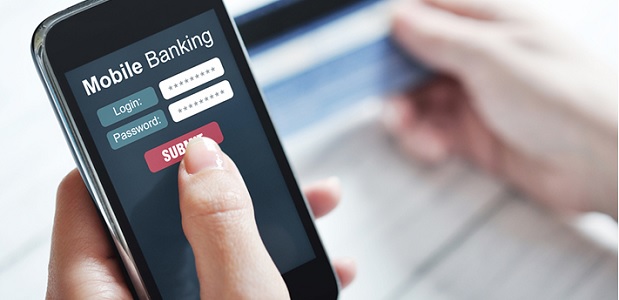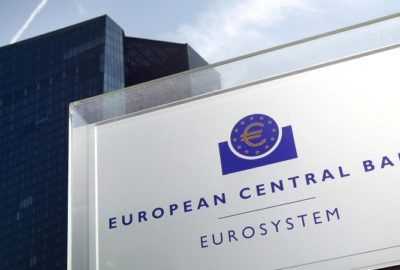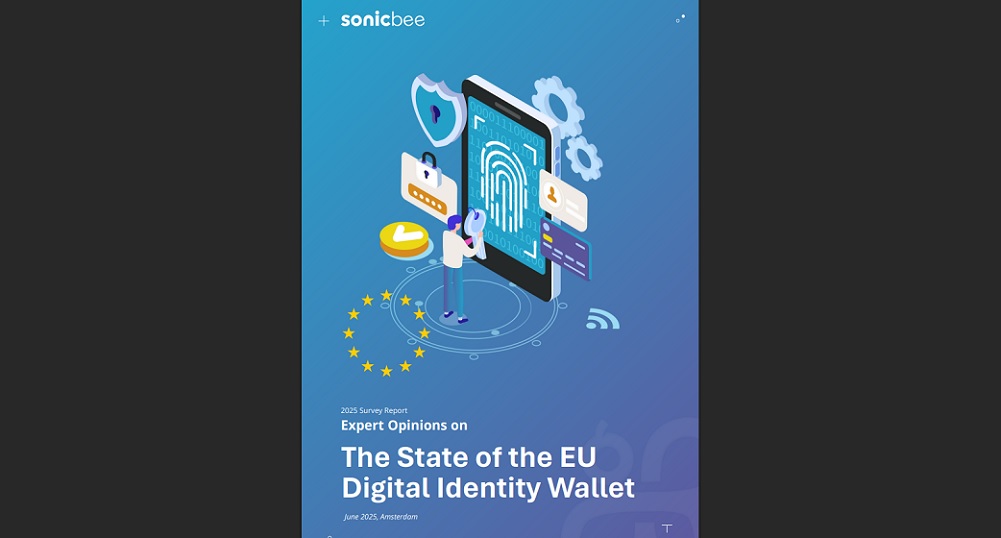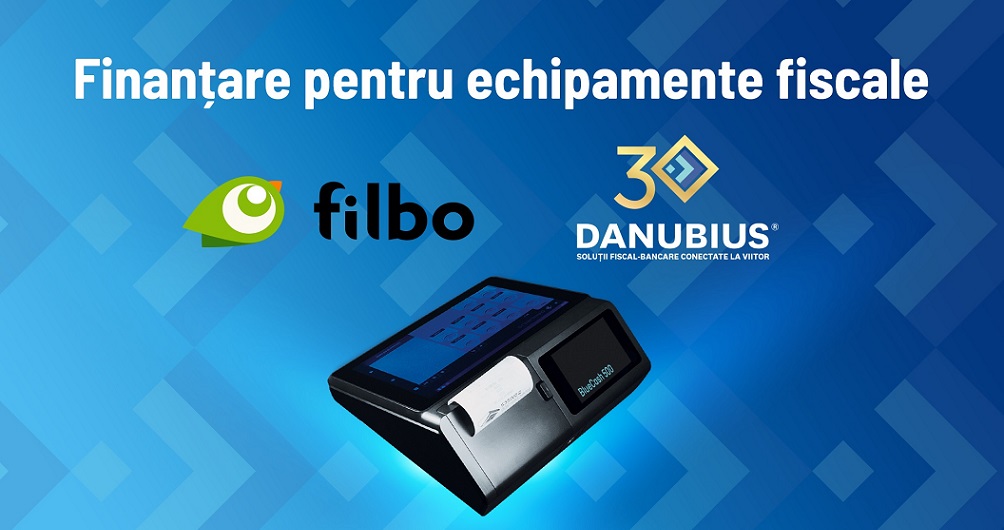Worldwide survey: mobile is now the dominant banking channel – the rise of mobile has cut into online banking

Bain & Company, in its fifth annual report on customer loyalty in retail banking, Going DigicalSM: Customers Love the Smart Fusion of Digital and Physical Assets, found that for the first time, mobile usage accounted for almost a third of all transactions in 13 out of 22 countries surveyed, and the share of survey respondents using mobile applications has risen by 19 percentage points in the past year.
However, mobile remains an untapped tool for influencing bank product purchases, opening the door for more than one-third of bank customers to buy a new product from a competitor. Banks that accelerate the development of their mobile selling capabilities and implement an advanced ‘digical’ strategy – one that fuses digital and physical channels – are better equipped to stem this hidden defection and increase customer engagement with their products and services.
According to Bain’s survey of more than 80,000 banking consumers worldwide:
. Digital usage now accounts for the majority of banking interactions in virtually every country, with Australia, France, the U.S., Canada and Germany leading the share of all digital interactions
. Indonesia and China led in mobile apps usage; mobile remains a relatively small share of digital interactions in Germany, Portugal, Mexico and Japan
. The rise of mobile has cut into online banking. Online usage (via computer) showed declines or was flat everywhere except Indonesia, Mexico and Japan – an average 3 percent drop worldwide
. Mobile has also contributed to a meaningful decline in usage of most other banking channels, such as brick-and-mortar branches, ATMs and phone. In the U.S., the share of respondents using these channels dropped by 5, 3 and 5 percentage points, respectively, since 2012
Despite mobile’s dominance, most banks are not yet using it as effectively as a sales tool, particularly for high-margin products, including mortgages and credit cards. Bain’s survey shows that as people research and buy new banking products, only 19 percent consult a bank’s mobile app. In contrast, 47 percent consult their primary bank’s website, and 37 percent speak with bank employees.
Deploying mobile apps that make it easy for customers to connect to the right bank resources and employees during their shopping process could stem the rampant “hidden” customer defection to competitors. More than one-third of customers bought a new product from a competing bank or other provider during the last year. Yet, this defection often goes unnoticed because banks are usually not aware their customers were shopping in the first place and seldom know they lost the sale. As more digital startups and specialist firms, which are less encumbered by legacy systems and regulations, enter the market and siphon off business, banks stand to lose even more customers and profits.
While digital technology is critical to banks’ sales methods, traditional channels, such as in-person interactions, contact centers and bank branches, still play a significant role in effective service and selling. Approximately 60 percent of survey respondents said they used a combination of digital and physical channels – what we call ‘digical’ behavior. Thus, banks that have a more advanced digical approach stand to benefit from higher customer loyalty and more products per customer.
The survey found that, customers who interact more with their banks, regardless of channel, are typically more loyal, in part because they feel more engaged and hold more products with that bank – an average of 1.0 more products than digital-only customers and 1.3 more than branch only customers. They are also more likely to stay with their bank longer and recommend it to other people. Bain estimates that the lifetime value of a promoter is worth 2 to 2.5 times the value of a detractor in retail banking, depending on the national market, type of bank, and wealth of a customer.
“We’ve seen greater changes in customers’ banking behaviors in the past year than we have at any time during the five years that we’ve been publishing our research. This change is, of course, led by mobile, which is now the dominant banking channel in most of the 22 markets we surveyed,” said Gerard du Toit, lead author of the research and a Bain partner.
„Customer loyalty and sales effectiveness are tightly linked when it comes to banking,” said du Toit. “Banks that successfully deliver a seamless customer experience will be rewarded with customers who come back for more and tell their families and friends to do so, too. This in turn produces growth and profitability, which has been a struggle for many financial institutions since the economic crisis. Those that fail to fuse the digital and physical will fall further behind, unable to invest enough to ever catch up.”
Bain & Company is a management consulting firm founded in 1973 and has 51 offices in 33 countries.
Dariusz Mazurkiewicz – CEO at BLIK Polish Payment Standard
Banking 4.0 – „how was the experience for you”
„To be honest I think that Sinaia, your conference, is much better then Davos.”
Many more interesting quotes in the video below:











